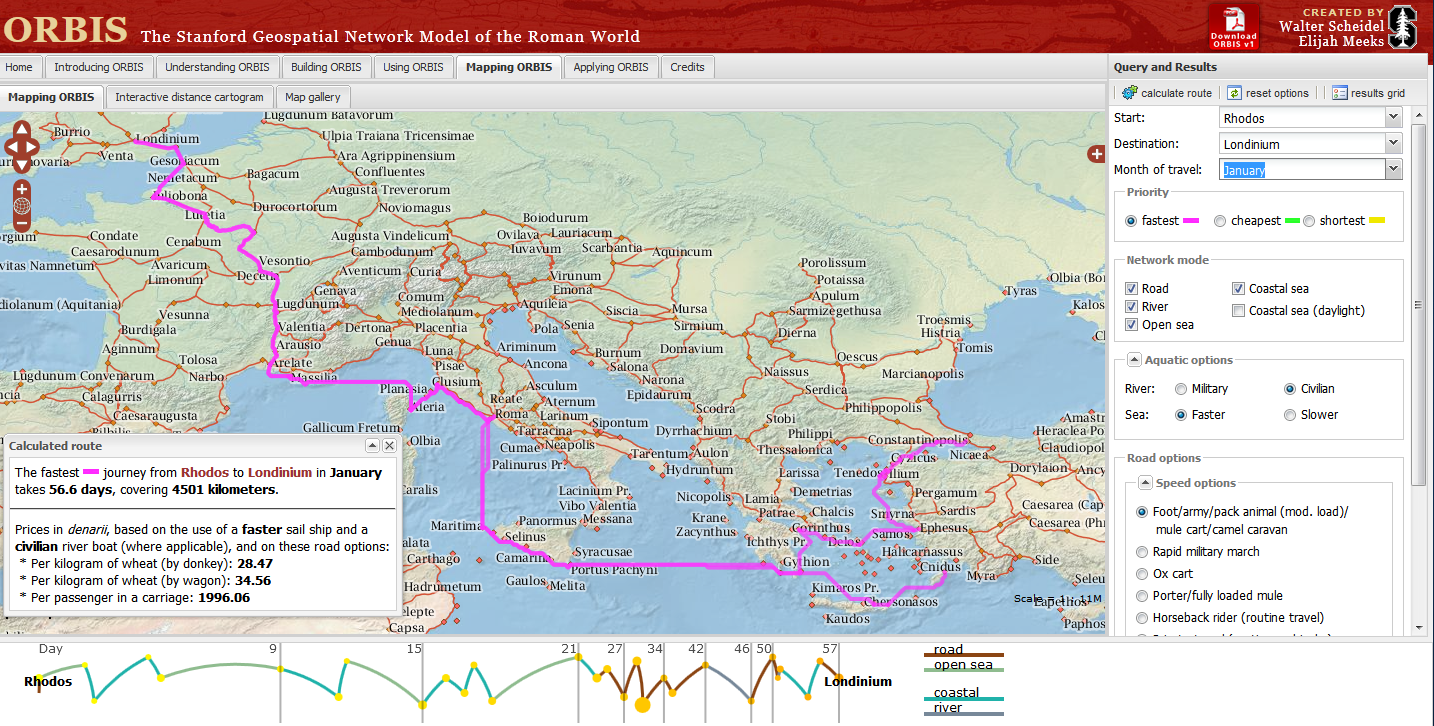| GpsGate Server can do more than real time GPS tracking.
In addition to real time GPS tracking GpsGate Server has advanced functionality to help solve business issues, improve productivity and enhance the user experience. Cool GpsGate Server functionality:
GpsGate helps you simplify and improve your business!
GpsGate ReportingWe have published a guide that shows you how to setup and configure your own reports in GpsGate Server. You can use this guide to understand how to change the standard GpsGate Reports and how to add new ones. |
Get GpsGate Server!GpsGate Server has a freelicense for five users both for private and commercial use. Track your laptop with GpsGate ClientYou can track your laptop on GpsGate Server using the free GpsGate Client. GpsGate video tutorials
Is your GPS tracking device supported?GpsGate Server supports well over 100 different tracking devices. New devices are added all the time! |




